Rainer Stropek
Develop AI-powered Applications with OpenAI Embeddings and Azure Search
#1about 3 minutes
Understanding embedding vectors as numerical representations
Embedding vectors convert complex concepts like text or personality into multi-dimensional numerical arrays, enabling comparison and clustering.
#2about 7 minutes
Working with the OpenAI embeddings API and cosine similarity
The OpenAI API provides an endpoint to generate a 1,536-dimensional vector for a given text, and vector similarity can be efficiently calculated using a dot product.
#3about 5 minutes
Building custom applications with the OpenAI chat API
The chat completions API allows developers to build custom applications by sending a model the entire chat history, including system prompts and user messages.
#4about 3 minutes
Implementing the Retrieval-Augmented Generation (RAG) pattern
The RAG pattern enhances LLM responses by first retrieving relevant facts from a private knowledge base using vector search and then injecting that context into the prompt.
#5about 4 minutes
Demo overview of building a school wiki assistant
A practical demonstration shows how to build a Q&A assistant for a school's private wiki using a crawler, an indexer, and a query application.
#6about 8 minutes
Step 1: Crawling and pre-processing the source data
The first step in the RAG pipeline involves building a custom crawler to extract, clean, and convert source data into a usable format like Markdown.
#7about 6 minutes
Step 2: Indexing embeddings into a vector database
An indexer application iterates through pre-processed documents, calculates their embeddings via the OpenAI API, and stores them in Azure Cognitive Search for fast retrieval.
#8about 5 minutes
Step 3: Querying the system using the RAG pattern
The query application generates an embedding for the user's question, performs a vector search to find relevant documents, and injects them into a system prompt for the LLM.
#9about 5 minutes
Live demonstration of the wiki Q&A assistant
The command-line assistant successfully answers specific questions about school policies by retrieving information from the wiki, even handling multi-language queries.
#10about 13 minutes
Q&A on embedding calculation, ethics, and tooling
The speaker answers audience questions about how embeddings are calculated, ensuring answer correctness, responsible AI development, and recommended developer tools.
Related jobs
Jobs that call for the skills explored in this talk.
Matching moments
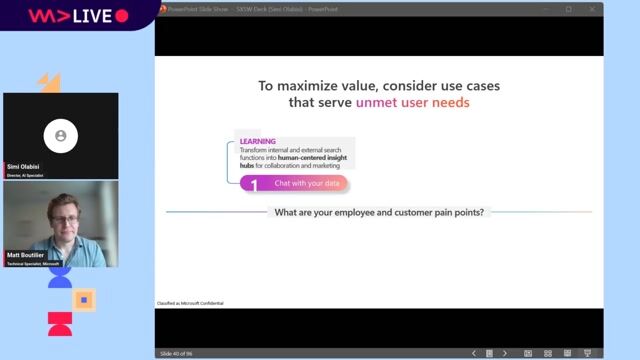
38:46 MIN
Live demo of building a chat with your data app
Inside the AI Revolution: How Microsoft is Empowering the World to Achieve More
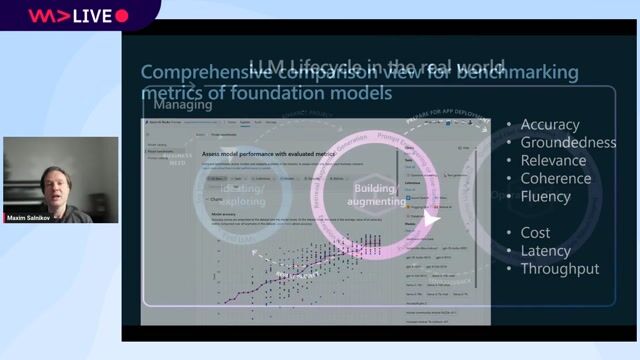
30:48 MIN
Building applications with RAG and Azure Prompt Flow
From Traction to Production: Maturing your LLMOps step by step

07:16 MIN
A practical walkthrough of the Azure AI Foundry playground
How Mixed Reality, Azure AI and Drones turned me into a Magician?
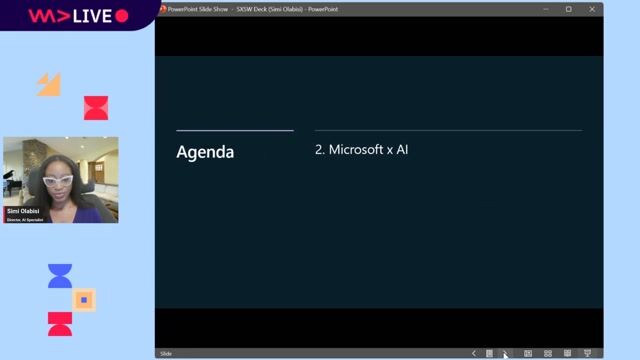
14:40 MIN
Exploring Microsoft's Azure AI services and tools
Inside the AI Revolution: How Microsoft is Empowering the World to Achieve More
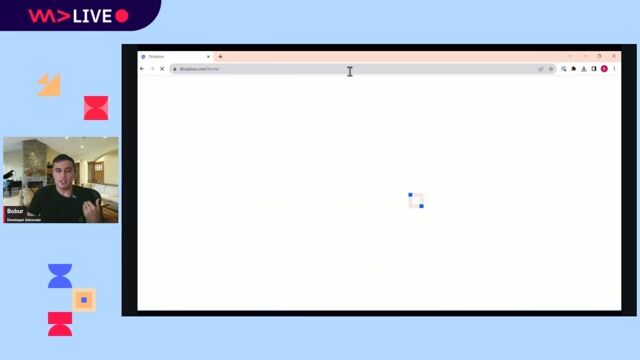
15:52 MIN
Showcasing real-time AI application examples
Convert batch code into streaming with Python

00:05 MIN
Moving beyond hype with real-world generative AI
Semantic AI: Why Embeddings Might Matter More Than LLMs

23:43 MIN
Key takeaways for building enterprise GenAI applications
Best practices: Building Enterprise Applications that leverage GenAI
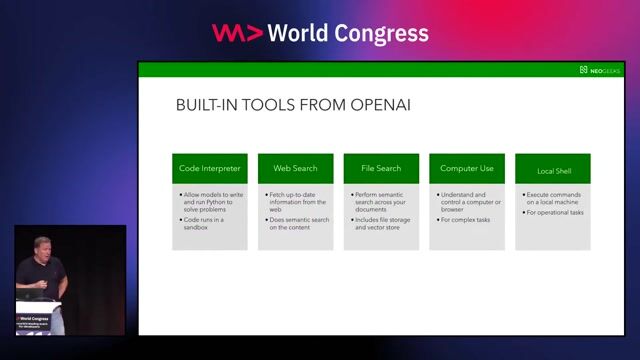
04:53 MIN
Exploring OpenAI's built-in tools and APIs
On a Secret Mission: Developing AI Agents
Featured Partners
Related Videos
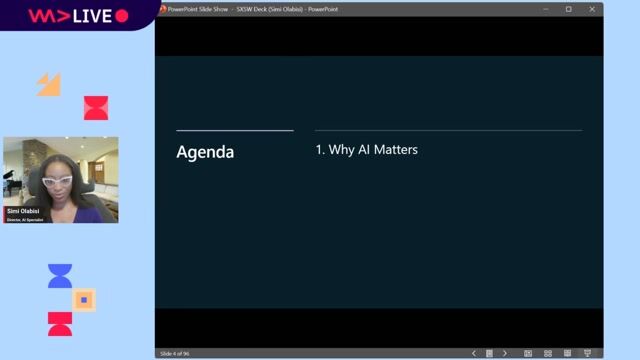 1:09:49
1:09:49Inside the AI Revolution: How Microsoft is Empowering the World to Achieve More
Simi Olabisi
 24:24
24:24Best practices: Building Enterprise Applications that leverage GenAI
Damir
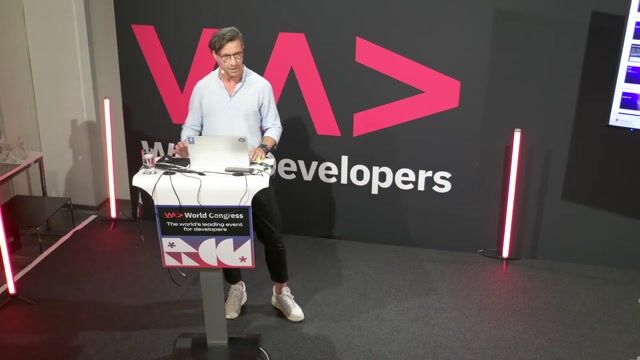 27:12
27:12GenAI Unpacked: Beyond Basic
Damir
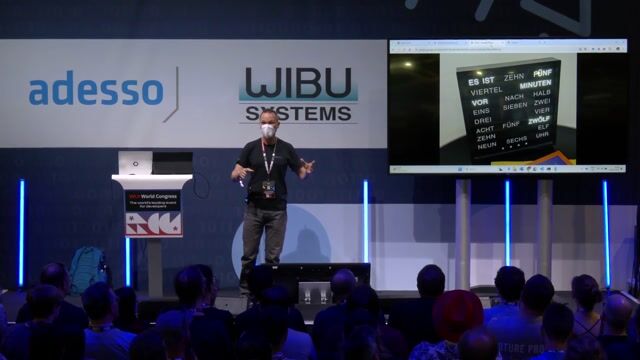 31:39
31:39Livecoding with AI
Rainer Stropek
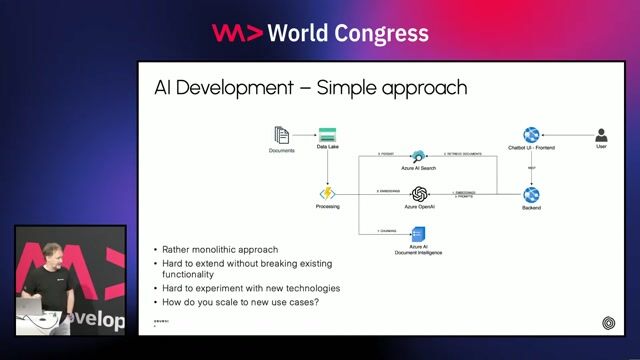 23:33
23:33Azure AI Foundry for Developers: Open Tools, Scalable Agents, Real Impact
Oliver Will
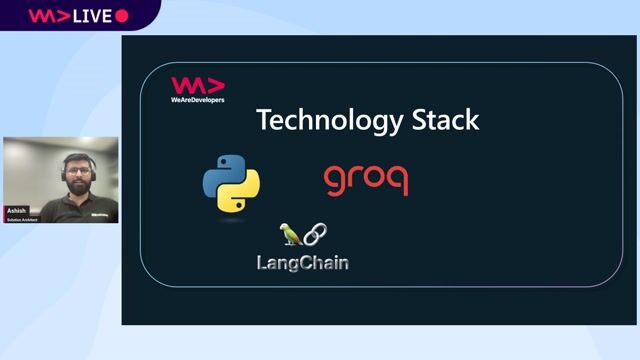 26:25
26:25Building Blocks of RAG: From Understanding to Implementation
Ashish Sharma
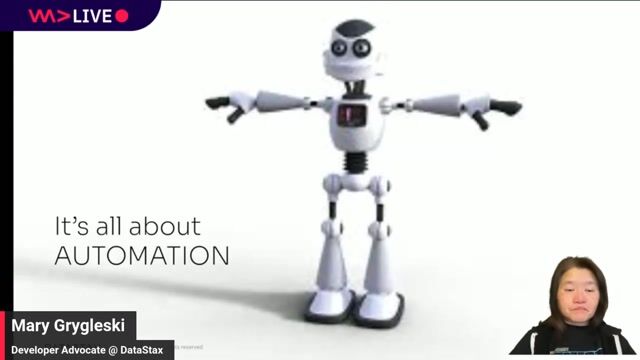 1:00:56
1:00:56Enter the Brave New World of GenAI with Vector Search
Mary Grygleski
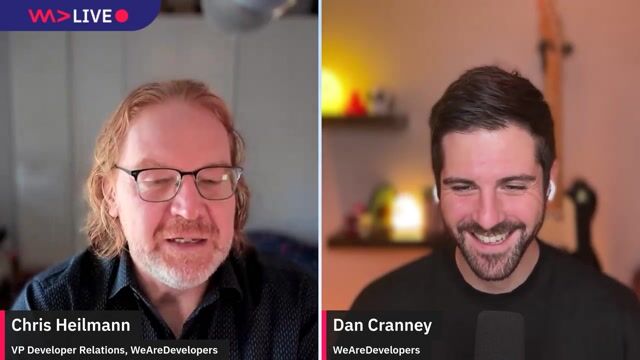 1:05:44
1:05:44WeAreDevelopers LIVE - Vector Similarity Search Patterns for Efficiency and more
Chris Heilmann, Daniel Cranney, Raphael De Lio & Developer Advocate at Redis
Related Articles
View all articles



From learning to earning
Jobs that call for the skills explored in this talk.

Senior Python Developer (Azure/Gen AI)
ADEREN
Municipality of Madrid, Spain
Remote
API
Azure
Flask
Django
+6



Senior Azure Data Platform Engineer - Infrastructure for Generative AI
Allianz Group
Municipality of Madrid, Spain
Remote
GIT
JSON
YAML
Azure
+7



Software Entwickler AI/Machine Learning
MegaPart GmbH
Regensburg, Germany
C++
Python
Matlab
Data analysis
Machine Learning

Cloud Solution Architecture - AI Application Development
Microsoft
Charing Cross, United Kingdom
Azure
DevOps
PostgreSQL
Amazon Web Services (AWS)

Remote Head of AI Development - Python, Azure, AI Powered Platform
Neologik
Windsor, United Kingdom
Remote
Senior
API
Azure
DevOps
Python
+5